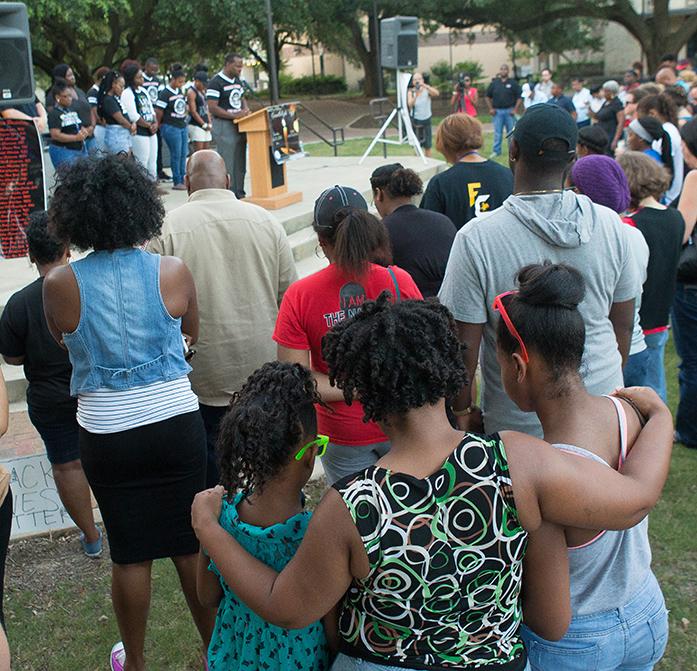The shooting rampage in Dallas, which claimed the lives of five police officers, ended with suspect Micah Xavier Johnson being killed by a targeted C-4 explosives delivered by a machine called the Remotec Andros Mark V-A1. Given the already substantial loss in life on part of the Dallas police preceding the standoff with Johnson, the use of an unmanned robot to kill Johnson is easily justifiable from the perspective of law enforcement. However, the unprecedented use of robot-delivered explosives by law enforcement raises ethical questions given the prevalence of police brutality and overly militarization of law-enforcement agencies.
The robot used to detonate the explosive in itself does not appear terribly intimidating with “a top speed of 3.5 mph”; it was originally designed for bomb disposal until being repurposed for offensive purposes. The C-4 explosive used, on the other hand, has much more obvious implications with “initial shock waves travel[ing] at a rate of 26,400 feet per second,” and it could easily be used to destroy an entire building with relatively little explosive material. The repurposing of the bomb disposal robot for the task of intentionally taking life by the police as well as the use of C-4 explosives as opposed to non-lethal alternatives should raise alarm for those concerned about the extent of which this trend of force will grow.
The use of a tactic such as this is easy to rationalize, given the extenuating circumstance of a gunman who had already killed numerous police officers. Although it cannot be said for certain, it is entirely plausible to say the use of the remote-controlled robot potentially prevented further bloodshed. At the same time, the argument of officer safety is the default rationale for instances of police brutality and unjustified killing. While the threat in Dallas was immediate and apparent, application of the same thinking could be applied retroactively following another use of targeted, remote-operated detention in a circumstance that did not require it.
Regardless of the success of the individual instance in Dallas, the door has been opened to more creative methods of police brutality and misapplication of existing technologies for lethal use by law enforcement. If the trend continues, soon police departments will be reduced to unmanned killing machines deployed against the domestic civilian population under the belief that eliminating any and all threat to law-enforcement personnel is worth implementing a policy of detached, unlawful execution. Policing is an inherently dangerous occupation, but that should not be the motivation for normalizing the practice of robotically killing U.S. citizens without a trial.
Across the nation, law enforcement has demonstrated a distinct inability to avoid killing innocent citizens when armed with firearms alone, and who’s to say what will happen when a police officer doesn’t even need to be present to carry out an unlawful killing. The last thing this country needs is further dehumanization by the agencies entrusted to protect the population, because mitigating the risk for police officers may just increase the risk to everyone else.



